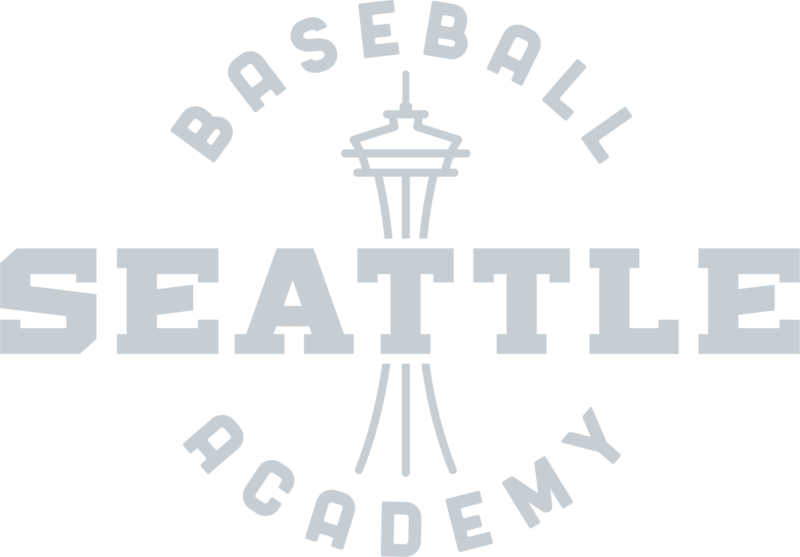College Placement
We act as advisors and provide resources for our ballplayers throughout the college planning process, whether they aspire to play college baseball or not.
A player’s experience with us can fuel their college aspirations. Pursuing baseball after high school is not for everyone, but our program offers unique resources for those committed to competing as a college player.

110 Players Since 2017
No other baseball club in the Pacific Northwest has placed as many players in college programs. The accomplishments of our alumni are a credit to their hard work on the field and in the classroom, as well as the support of their parents, the academic community, and Club resources.
Academics and Baseball
The better player you are the greater the number of colleges interested in recruiting you. The better student you are — the same is true.
Outside of a few exceptions, college baseball players are accepted into school — or not — by the same academic standards applied to all incoming students. If you can’t get into a school academically, then you can’t play baseball there!
Once a ball player has demonstrated the commitment to school and baseball, the planning process begins. One student athlete might want the best academic school, while another may want to play ball at the highest possible level. Most student athletes are between these two extremes. Often in order to get the academic fit and the baseball fit to match, some compromises are required.
“They offer a variety of coaches who can help you master your skills, and help you get to the next level.”
The List
All of our student athletes are encouraged to produce “the list” after their freshman year in high school. The player and Club advisors reach agreement on schools that are a good fit academically, for their level of play, and as a college experience (e.g. big/small, urban/rural, etc.).
Recognizing the best level of competition for each student athlete — D1, D2, D3, Junior College, or NAIA — can be a challenge. While some players recognize and embrace their level of play early in high school, others get stuck and miss opportunities. Parents can also struggle with an evaluation of their child that doesn’t meet their lofty expectations or dreams.
Reaching an understanding about the academic fit and appropriate level of play is most likely achieved in partnership between the Club, the student athlete, and parents.
The preliminary list with up to a dozen schools is reduced to three or four over time. Focusing on a smaller number is key to recruiting.
What is Our Role?
Once the list is narrowed, the Club, led by president Wes Long, will actively support the ball player’s recruiting outreach. Coach Long, aided by his coaching staff, provide a deep resource of college coaching contacts.
We can guide players and families through the process of contacting college coaches, demonstrating that you can contribute to a college baseball program, and answering other recruiting questions. Often a member of our network of coaches is able to make contact and credibly advocate for a player. Time and time again, personal relationships have substantially impacted the recruiting process.
Finding Baseball
There is an expression in college baseball recruiting that “baseball finds you.” This is true for the most talented players; baseball does find them. Beyond the skill development of these players, the Club doesn’t need to do much, if anything. These athletes truly get “recruited.”
For the great majority of young ballplayers who are interested and dedicated to competing in a college program, recruiting is rare. Baseball is not likely to find these student athletes — they need to find baseball.
The more actively a student athlete engages the recruiting process, and the more support they have from parents and coaches, the better the results are likely to be. Our Club exists, in part, to aid in the college selection process for student athletes who are doing all they can in the classroom and on the field. We have a proven record of helping our players find baseball!
